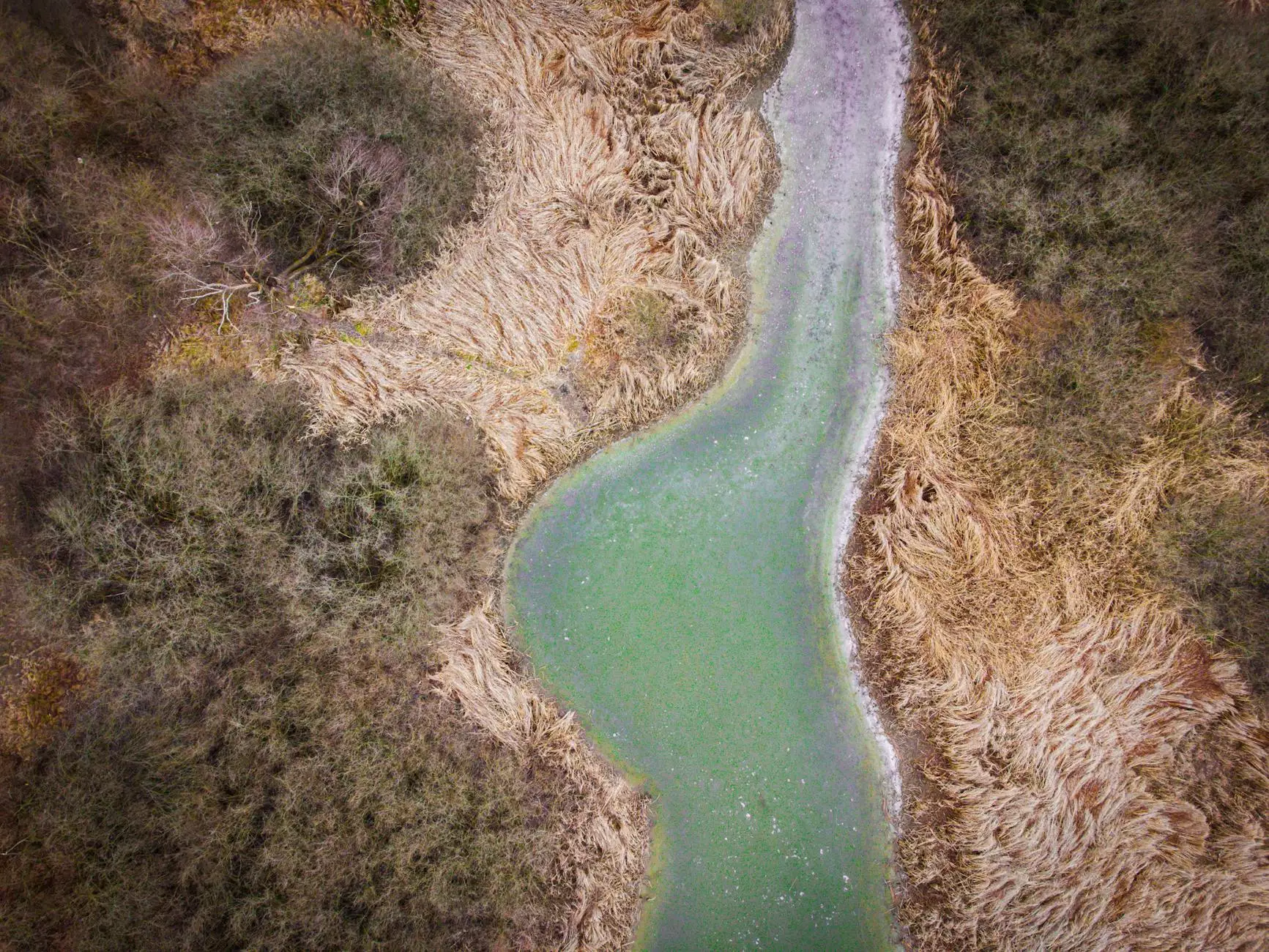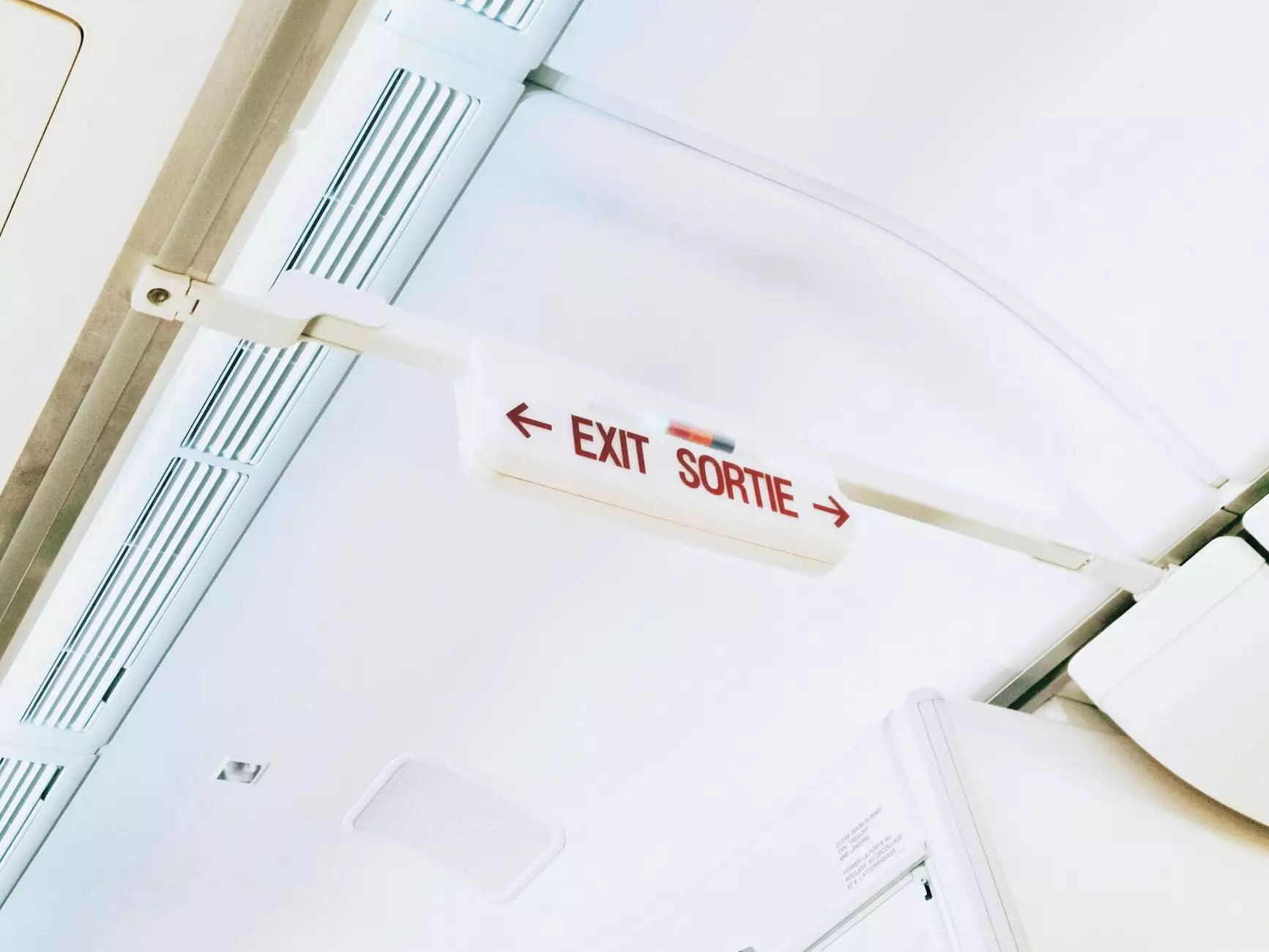Understanding VATS Pleural Biopsy: A Comprehensive Guide

In the realm of modern medicine, advancement in techniques has drastically improved both diagnosis and treatment protocols for various lung conditions. One such advancement is the VATS pleural biopsy—a minimally invasive procedure that allows healthcare providers to obtain lung tissue samples for pathological examination. This article delves into the intricacies of this procedure, its importance, and what patients can expect during and after the biopsy.
What is a VATS Pleural Biopsy?
Video-Assisted Thoracoscopic Surgery (VATS) pleural biopsy is a surgical technique used to collect tissue samples from the pleura, the double-layered membrane surrounding the lungs. This procedure is performed with the aid of a small camera and specialized surgical instruments, allowing for greater precision and minimized recovery time compared to traditional open surgeries.
Why is a VATS Pleural Biopsy Performed?
- Diagnosis of Pleural Diseases: A VATS pleural biopsy is instrumental in diagnosing conditions such as pleural effusion, infections, and cancers.
- Evaluation of Tumors: It allows doctors to evaluate the nature of a tumor found in imaging studies.
- Examination of Fluid Samples: In addition to tissue samples, this procedure can also facilitate the analysis of pleural fluid.
The Importance of the Procedure
Obtaining an accurate diagnosis is crucial for effective treatment. The VATS pleural biopsy stands out as one of the most valuable tools in a pulmonologist's arsenal for several reasons:
- Minimally Invasive: Compared to traditional surgical methods, VATS involves smaller incisions, which leads to reduced pain and faster recovery.
- High Diagnostic Accuracy: The ability to acquire samples under direct visualization enhances the chances of a conclusive diagnosis.
- Shorter Hospital Stay: Patients undergoing VATS usually experience shorter recovery times, enabling them to return home sooner.
The Procedure: Step-by-Step
Understanding the steps involved in a VATS pleural biopsy can alleviate anxiety and prepare patients for what to expect. Here’s a detailed breakdown:
Pre-Procedure Preparation
- Consultation: Prior to the procedure, the healthcare provider will conduct a thorough evaluation, including imaging tests and physical examinations.
- Informed Consent: Patients will be required to give informed consent, understanding the risks and benefits of the biopsy.
- Fasting: Patients are typically instructed to fast for several hours before the procedure.
The Procedure
- Anesthesia: The procedure is usually performed under general anesthesia, ensuring the patient remains unconscious and pain-free.
- Incision: The surgeon makes a small incision, typically between the ribs, to insert the thoracoscope—a tube equipped with a camera.
- Sample Collection: Using specialized tools, the surgeon obtains the necessary tissue samples from the pleura or affected lung areas.
- Closure: Once the samples are collected, the incisions are closed with sutures or staples.
Post-Procedure Recovery
Post-operative care is essential for a smooth recovery. Here’s what patients should expect:
Immediate Recovery
- Observation: Patients will be monitored in a recovery room until the anesthesia wears off.
- Pain Management: Pain relief measures will be provided to ensure comfort.
Home Care Instructions
- Activity Restrictions: Patients are generally advised to avoid strenuous activities for a period of time.
- Wound Care: Caring for the incision site is crucial to prevent infection.
- Follow-up Appointments: Scheduling follow-up appointments for result discussions and further evaluations is important.
Benefits of VATS Pleural Biopsy
The benefits of opting for a VATS pleural biopsy are extensive, impacting not only the patient's immediate experience but also long-term health outcomes:
- Reduced Risk of Complications: This minimally invasive approach typically results in fewer complications compared to more traditional surgical methods.
- Improved Diagnostic Yield: Direct visualization allows for more effective sampling of atypical or unclear lesions.
- Enhances Treatment Planning: Accurate and timely diagnoses obtained through VATS can significantly direct subsequent treatment strategies.
Risks and Considerations
While the VATS pleural biopsy is generally safe, it is essential for patients to understand the potential risks involved:
- Bleeding: A small chance of bleeding at the site of the biopsy.
- Infection: As with any surgical procedure, there's a risk of infection.
- Pneumothorax: There is a possibility of air leakage into the chest cavity, which may require additional intervention.
Conclusion
In closing, the VATS pleural biopsy represents a significant advancement in the diagnosis and management of pulmonary diseases. Its minimally invasive nature, combined with high diagnostic accuracy, makes it a preferred choice for both patients and healthcare providers. As with any medical procedure, it is essential to have an in-depth discussion with your healthcare provider to understand what options are best suited for your specific situation. Remember, informed patients make the best health decisions.
For more information on VATS pleural biopsy and to explore additional services, visit neumarksurgery.com.









